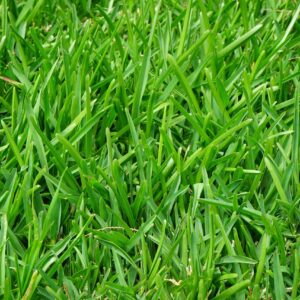Bentgrass in Grass Oregon
Description:
Bentgrass, particularly varieties like Creeping Bentgrass (Agrostis stolonifera), can thrive in Oregon’s climate, especially in cooler regions.
Description:
Bentgrass, particularly varieties like Creeping Bentgrass (Agrostis stolonifera), can thrive in Oregon’s climate, especially in cooler regions.
Description
Bentgrass, particularly varieties like Creeping Bentgrass (Agrostis stolonifera), can thrive in Oregon’s climate, especially in cooler regions.
Planting Instructions:
- Location : Choose a site with full sun to partial shade, as Bentgrass can tolerate a range of light conditions but prefers sunnier spots. Ensure the soil is well-draining to prevent waterlogging.
- Soil Preparation : Bentgrass prefers fertile, loamy soil with good drainage. Prepare the soil by loosening it to a depth of 4-6 inches and removing any debris or weeds. Incorporate organic matter like compost to improve soil fertility and structure.
- Seeding or Sodding : Bentgrass can be established from seeds or sod. If planting seeds, sow them evenly over the prepared soil surface at the recommended seeding rate. Alternatively, lay Bentgrass sod on the soil surface, ensuring good contact between the sod and soil.
- Watering : Keep the soil consistently moist until the Bentgrass establishes, which may take several weeks. Once established, water deeply but infrequently to encourage deep root growth.
- Fertilization : Apply a balanced fertilizer specifically formulated for Bentgrass according to the manufacturer’s recommendations. Avoid excessive nitrogen to prevent lush growth that may be susceptible to disease.
- Maintenance : Bentgrass requires regular maintenance to keep it healthy and attractive. Mow regularly, keeping the grass height around 0.5-1 inch. Bentgrass has a fine texture and can tolerate low mowing heights, making it suitable for golf greens and fairways.
- Disease and Pest Management : Monitor for common lawn diseases and pests, such as dollar spot and nematodes. Proper cultural practices, including adequate watering and fertilization, can help minimize these issues.
- Overseeding : Bentgrass may require overseeding to maintain density and fill in bare patches, especially in high-traffic areas. Use Bentgrass seeds or plugs for overseeding.
By following these planting instructions and providing proper care, you can establish a lush, fine-textured lawn with Bentgrass varieties suited for Oregon’s climate





